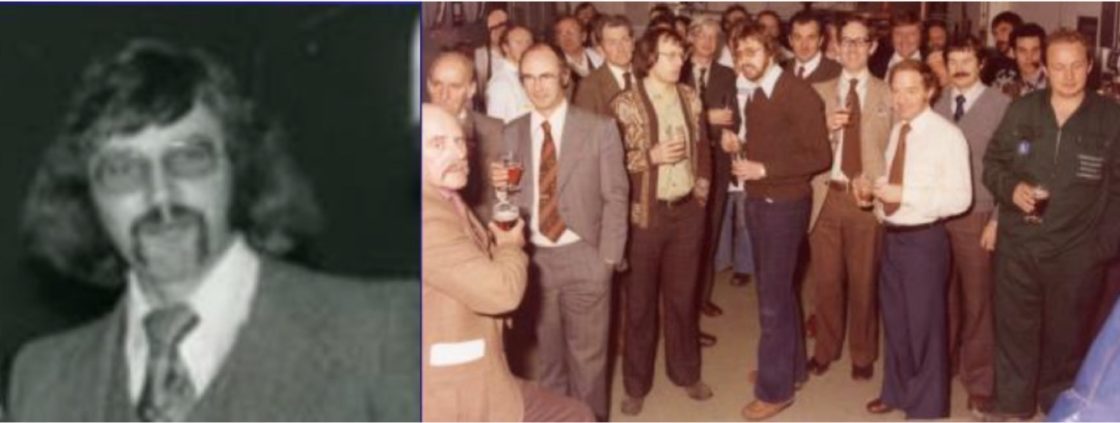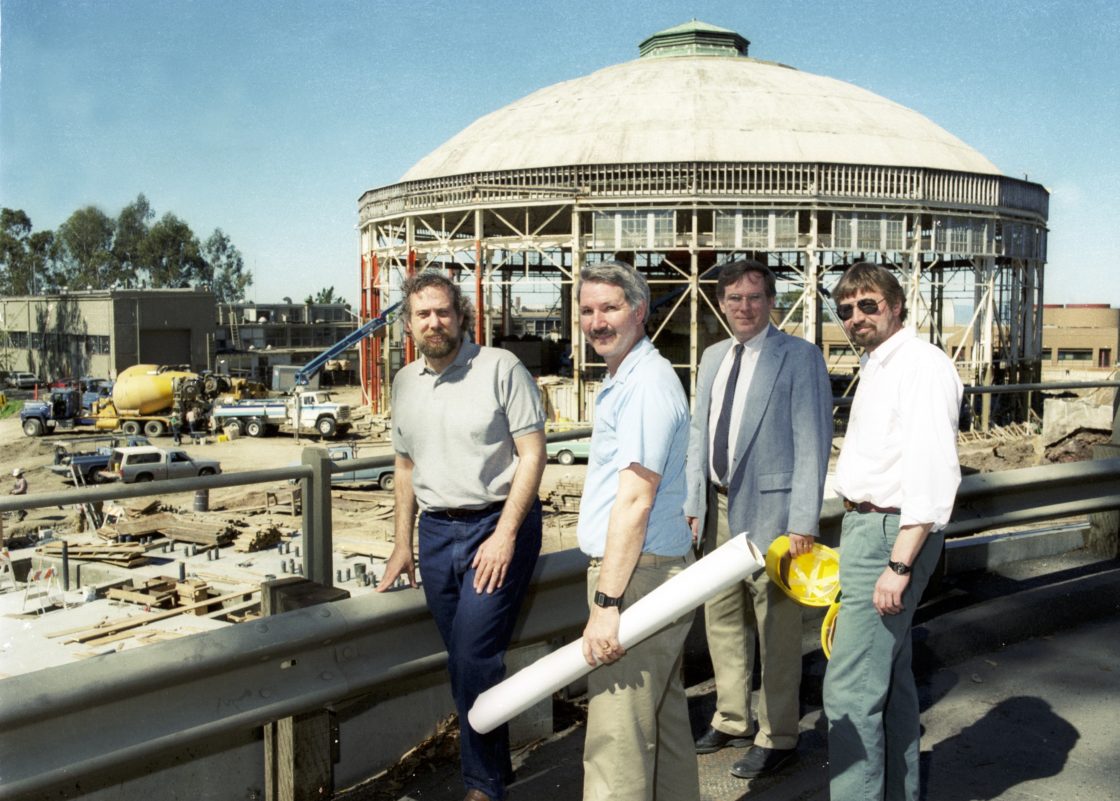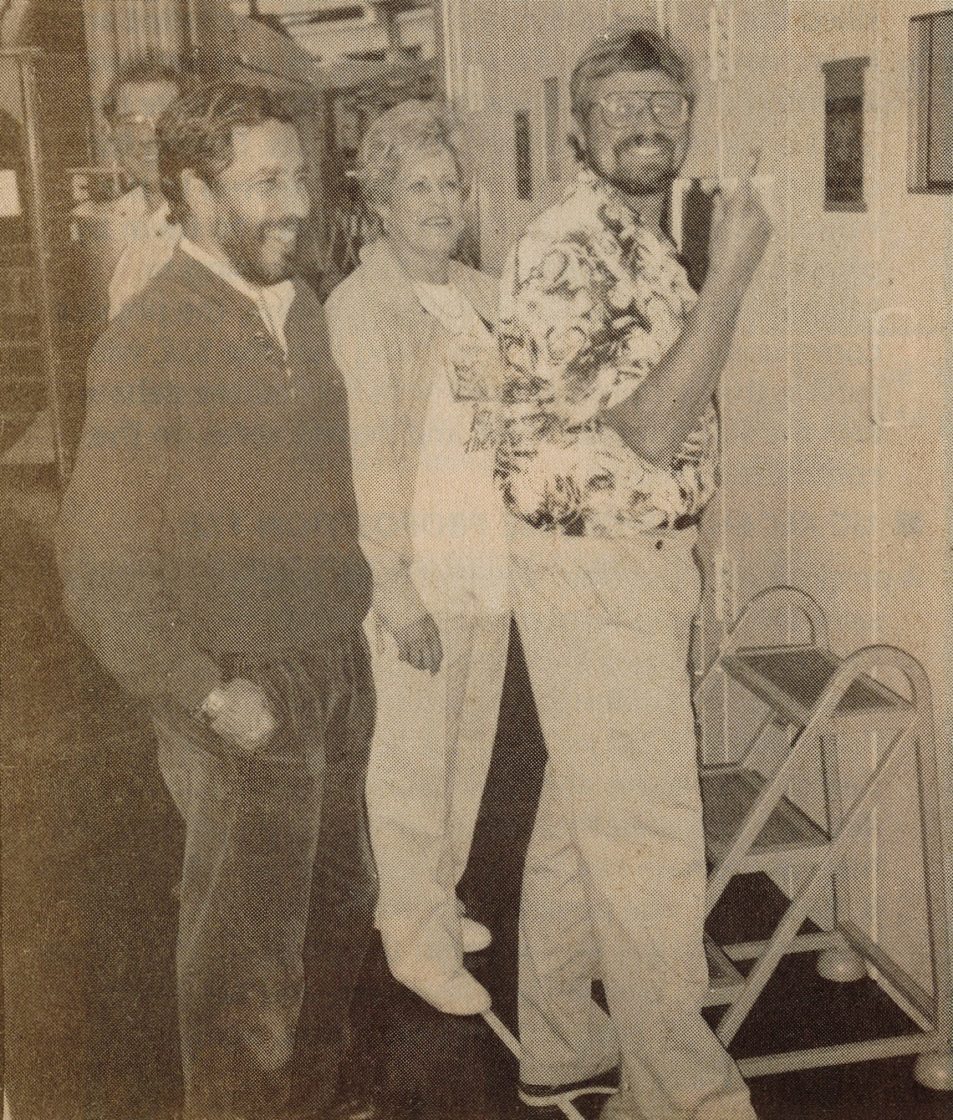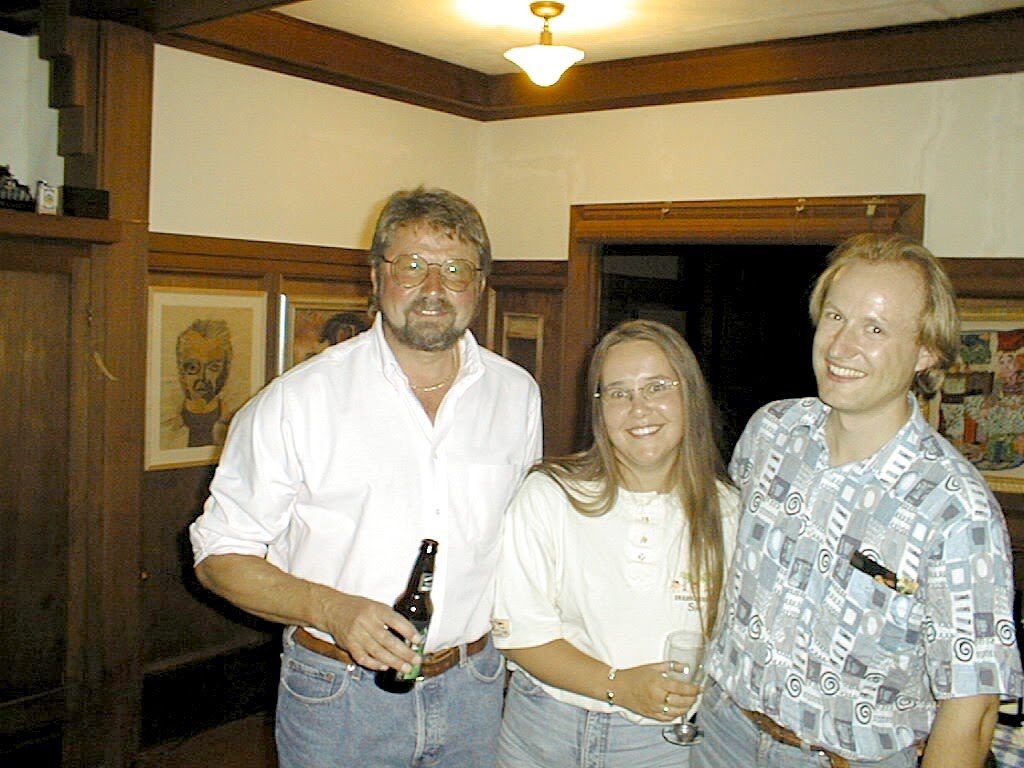
On September 28, 2020, retired Berkeley Lab accelerator physicist Alan Jackson died of cardiac arrest while visiting family in the UK. A longtime leader in the accelerator physics community, Alan had a hand in building synchrotrons around the world. He began his career in 1968 at the world’s first dedicated x-ray synchrotron light facility, the Synchrotron Radiation Source (SRS) in Daresbury, UK. In 1985, he came to Berkeley Lab, where we remember him best for heading the accelerator physics group of the ALS during its design, construction, and early years of operation.


“He was one of the founding fathers of the ALS,” recalled Howard Padmore, ALS photon science development lead. Other colleagues had a ready list of his accomplishments and contributions. “Alan had a major impact on the ALS in the design, construction, commissioning, and early operations phases of the ALS,” said David Robin, now director of the ALS Upgrade Project. “He encouraged the accelerator team to push the boundaries of the accelerator to see what was possible. Almost everything we tried was new and we learned so much,” he added.
Alan’s work was at the very root of the ALS in the mid-1980s—pioneering the third generation of synchrotron light sources—and he played a key role in the team effort that led to its smooth commissioning and operation. Fernando Sannibale, current ALS deputy for accelerator operations, explained, “Following up on an original idea by Gaetano Vignola, Alan refined and implemented the novel triple-bend-achromat lattice at the ALS.” This type of “lattice,” or array of magnets that steer the electron beam in its orbit, was later adopted for a number of high-brightness synchrotron light sources worldwide in the energy range of the ALS.

The intricacies of designing such a machine were compounded by the realities of repurposing a historical building atop a hill and near a fault line, but the team persevered, and the ALS achieved first light in 1993. Alan’s expertise in accelerator design continued to prove essential as the ALS moved to expand its portfolio. Together with Werner Joho of Paul Scherrer Institute, he had another idea that would greatly extend the user service at the ALS: installing superconducting bend magnets. The triple-bend achromats were a series of three magnets, the magnets on either end mirroring each other. This symmetrical arrangement enabled the center magnet to be replaced without undesirable effects, so superconducting dipoles were substituted in the center position in three sectors of the storage ring. The three superbends were commissioned in Fall 2001 and have provided light for Nobel-prize-winning work and world-leading programs in structural biology, high-pressure diffraction, microdiffraction, chemical crystallography, and tomography ever since.
Alan served as deputy director of the Accelerator and Fusion Research Division and as head of its Superconducting Magnet Program before his retirement from the Lab in 2008. His experience made him the natural candidate to lead the development of the Australian Synchrotron. Impressed with their visit to Berkeley Lab, a senior delegation from Australia asked Alan to be the technical director for their design task group. “Alan was highly regarded in his field,” wrote Dean Morris, head of operations for the Australian Synchrotron. Alan’s four years there helped the project quickly design a storage ring and achieve first light in a relatively short period of time. “He made a lot of friends when he was in Australia and will be sorely missed by many,” said Morris.
Former Director of the Accelerator and Fusion Research Division Bill Barletta encapsulated Alan’s personable and effective management style, saying, “He had superb relations with the technical and administrative staff and was an ideal source of ‘ground truth’ when those who knew firsthand would generally clam up to ‘the management.’” Robin agreed, saying, “Alan was a dynamic and supportive leader. As a young accelerator physicist, I remember those first few years of operation being tremendously exciting, fun, and fruitful.”
The global accelerator community mourns not just the loss of Alan’s expertise, but also his friendship and joie de vivre. Besides his distinguished contributions to accelerator physics, Alan greatly enjoyed life away from work and was an avid sailor, sports car enthusiast, and center of a wide network of friendship. Padmore said, “He was a larger-than-life person who lived life to the fullest and was the life and soul of ALS in its early years.” Kem Robinson, retired senior physicist and former head of the Lab’s Engineering Division and Project Management Office, concluded, “Alan wasn’t afraid to take on whatever needed to be done for the greater good. Yes, he will be missed.”

Contributors: Joe Chew, John Corlett, Steve Gourlay, Cindy Lee, Howard Padmore, Ina Reichel, David Robin, Fernando Sannibale, Tony Warwick